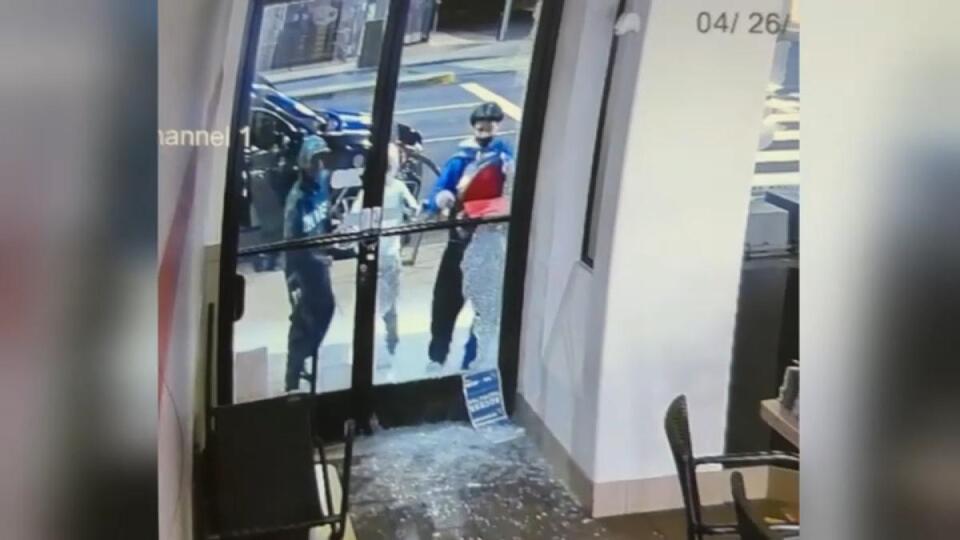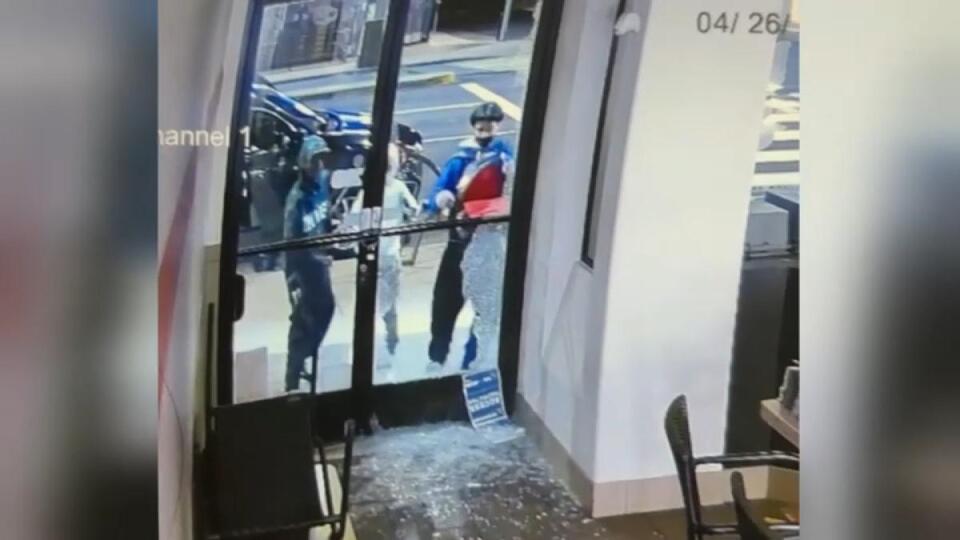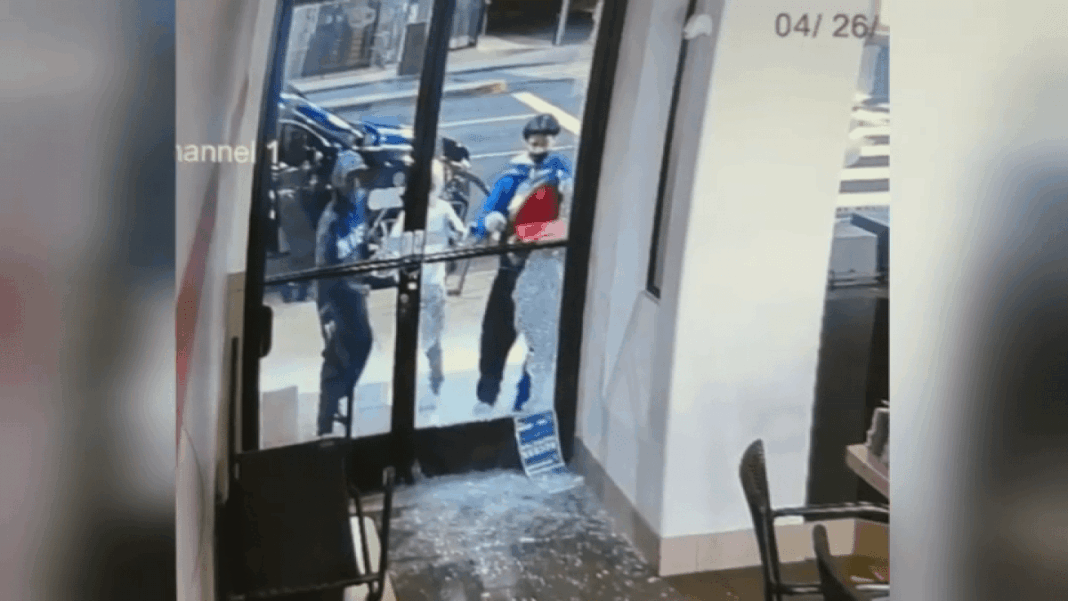## Small Town, Big Crime: Two Minors Behind Bars After a Burglary Spree Rocks Long Beach Long Beach, a city known for its sunny beaches and vibrant arts scene, is grappling with a wave of burglaries that have left residents on edge. But the perpetrators aren’t the hardened criminals you might expect. Two middle school-aged teens have been arrested, accused of orchestrating a string of break-ins that have shaken the community. This isn’t just a case of youthful indiscretion; it raises questions about the root causes of crime and the challenges facing youth in our city. We delve into the details of this shocking story, exploring the circumstances behind these arrests and the impact on the Long Beach community.
Arrest and Legal Process

Two teenagers, a 13-year-old and a 12-year-old, have been arrested in connection with a string of burglaries that shook the Long Beach community last month. According to Unionjournalism’s sources, the 13-year-old suspect was apprehended on Monday at his residence after detectives meticulously analyzed surveillance footage and gathered compelling evidence. The younger suspect, the 12-year-old, voluntarily surrendered to authorities following a search warrant execution at his home. Despite the severity of the charges, both minors were released due to their age. This raises crucial questions about the legal framework governing juvenile offenders and the challenges law enforcement faces in addressing youth crime.

Challenges for Law Enforcement
Dealing with juvenile offenders presents unique complexities for law enforcement agencies. Juvenile delinquency often stems from a confluence of factors, including poverty, lack of access to education and opportunities, and familial instability. These underlying social issues require a multi-pronged approach that goes beyond traditional law enforcement methods. Traditional policing strategies may prove ineffective in addressing the root causes of youth crime, potentially leading to a cycle of recidivism.

Legal Process for Minors
The legal process for minors charged with felonies differs significantly from that of adult offenders. Minors are typically handled within the juvenile justice system, which prioritizes rehabilitation and reintegration into society over punitive measures. The focus is on addressing the underlying issues contributing to the minor’s delinquent behavior and equipping them with the tools necessary to become productive members of society. Depending on the severity of the offense and the minor’s age, potential outcomes include probation, community service, counseling, and in some cases, placement in a secure detention facility.
Community Response and Ongoing Investigation

The news of the arrests has sparked a mixed reaction from the Long Beach community. While some residents expressed relief and a sense of justice served, others voiced concerns about the perceived increase in youth crime and the potential impact on public safety. This incident has ignited a broader conversation about the need for comprehensive strategies to address youth delinquency and create a safer environment for everyone.

Police Chief’s Statement
Long Beach Police Chief Wally Hebeish addressed the community, emphasizing the importance of accountability for criminal activity. In his statement, he underscored the department’s commitment to investigating these crimes thoroughly and bringing all responsible parties to justice. He also stressed the need for community involvement in preventing future crimes.
Ongoing Investigation
The investigation into the series of burglaries is ongoing. Detectives are actively pursuing leads and working to identify the remaining suspects involved. Police are urging anyone with information about these crimes to come forward and assist with the investigation.
Preventing Future Crimes
Addressing the root causes of youth crime requires a multifaceted approach that involves collaboration between law enforcement, educators, social service agencies, and the community at large.
Security Measures and Community Outreach
Increased security measures at businesses, such as improved lighting, surveillance systems, and access controls, can deter potential burglars. Simultaneously, community outreach programs that provide youth with positive alternatives and mentorship opportunities are essential for fostering a sense of belonging and reducing the likelihood of engaging in criminal behavior.
Parental Supervision and Community Involvement
Parental supervision plays a crucial role in preventing youth crime. Parents and guardians should be actively involved in their children’s lives, knowing their whereabouts, and monitoring their activities. Building strong, supportive relationships with children and fostering open communication can help identify and address potential issues before they escalate. Furthermore, community involvement is essential. Neighborhood watch programs, youth mentoring initiatives, and community policing strategies can strengthen bonds within communities and create a more vigilant and supportive environment for young people.
Call to Action
Unionjournalism encourages our readers to play an active role in creating a safer community. Report any suspicious activity to the authorities and support initiatives that promote youth development and crime prevention. Together, we can work to ensure that Long Beach remains a safe and vibrant place for all.
Conclusion
The arrests of two middle school-age teens in connection with a string of Long Beach burglaries raise a sobering question: What drives young people to such criminal acts? While the details surrounding this specific case remain under investigation, it highlights a broader societal issue. These crimes, often committed for fleeting thrills or misguided notions of belonging, leave lasting impacts on victims and communities. It underlines the urgent need for proactive measures – from strengthening support systems within schools to addressing potential underlying social and economic factors – to prevent young people from falling into a cycle of delinquency.

